In **darts 5e**, darts function as simple ranged weapons, dealing 1d4 piercing damage with a range of 20/60 feet. This article explores using darts within the Dungeons and Dragons 5th Edition ruleset, from their base stats to potential magical enhancements and creative uses beyond simple combat.
⚠️ Still Using Pen & Paper (or a Chalkboard)?! ⚠️
Step into the future! The Dart Counter App handles all the scoring, suggests checkouts, and tracks your stats automatically. It's easier than you think!
Try the Smart Dart Counter App FREE!Ready for an upgrade? Click above!
Understanding Darts 5e Statistics and Properties
Within the framework of **darts 5e**, a dart is classified as a simple ranged weapon. This means that any character proficient with simple weapons, such as a rogue, bard, or fighter, can effectively wield them. Key statistics include:
- Damage: 1d4 piercing damage. This makes darts relatively weak compared to other ranged options, especially at higher levels.
- Range: 20 feet normal range, 60 feet long range. This limits their effectiveness in larger combat arenas.
- Properties: Finesse, Thrown. The finesse property allows you to use your Dexterity modifier instead of your Strength modifier for attack rolls and damage. The thrown property means the dart leaves your hand, so you need to retrieve it afterward unless you have a way to magically recall it.
- Weight: 1/4 lb. each. Relatively lightweight, allowing you to carry a good number of them.
These properties make darts a decent option for characters with high Dexterity, particularly rogues who can benefit from Sneak Attack. Let’s explore this further with considerations for **darts proficiency**.
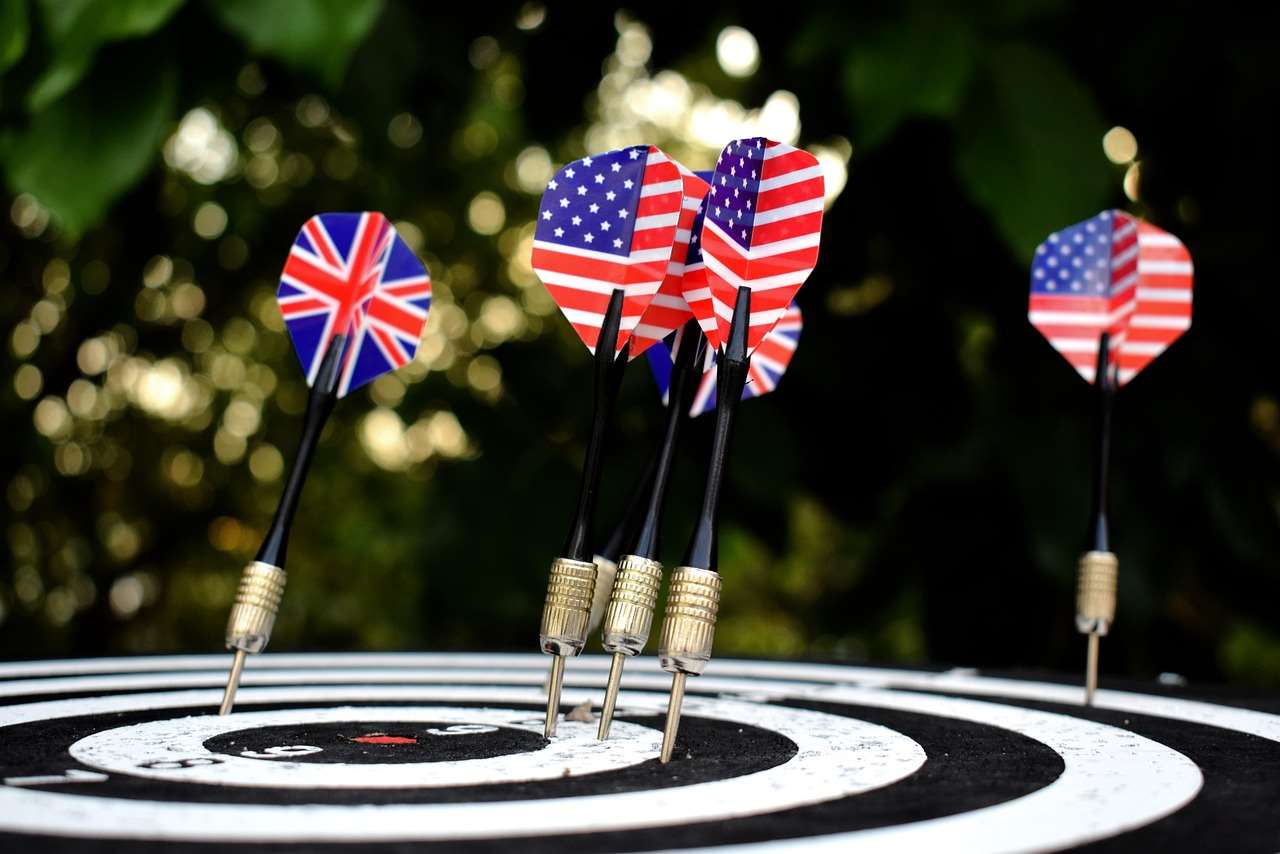
Darts and Dexterity-Based Characters
Darts shine in the hands of Dexterity-based characters. Here’s why:
- Accuracy: Dexterity directly impacts your attack rolls, making you more likely to hit your target.
- Damage: While the base damage is low, Dexterity still adds to the damage, and any additional effects (like poison or Sneak Attack) become more impactful when combined with accurate dart throws.
- Stealth: The small size and thrown property makes darts useful for stealthy attacks or distractions. A well-placed dart can draw a guard away from their post.
Consider a rogue using their Cunning Action to Hide, then throwing a poisoned dart for a surprise attack. While the initial damage might not be huge, the poison and Sneak Attack can significantly increase its effectiveness. A fighter, especially an Archer, can also benefit from **darts 5e** with proficiency in ranged weapons to accurately deliver the damage.
Beyond Basic Combat: Creative Uses of Darts
While their combat effectiveness might be limited, darts have a surprising number of uses beyond simply dealing damage. Here are some creative ideas:
- Distraction: Throw a dart to create a noise and divert attention.
- Setting off traps: Use a dart to trigger a trap from a safe distance.
- Delivering potions or poisons: Coat a dart with a potion or poison and use it to deliver the effect to a target.
- Target practice: Improve your accuracy and reflexes by practicing with darts.
- Marking locations: Use darts to mark a path or highlight a specific point.
Remember to always consider the environment and the potential consequences of your actions. A carelessly thrown dart could alert enemies or damage valuable objects. Consider how even the best darts games can help improve your accuracy.
Magical Darts and Enhancements
The real potential of **darts 5e** lies in magical enhancements. A simple +1 weapon enchantment can significantly increase their accuracy and damage. Here are some other magical possibilities:
- Darts of Returning: Magically enchanted to return to the thrower’s hand after being thrown.
- Darts of Seeking: Automatically home in on their target, ignoring cover (with appropriate limitations, of course).
- Darts of Stunning: Inflict the stunned condition on a successful hit (with a saving throw).
- Darts of Elemental Damage: Deal additional fire, cold, lightning, or acid damage.
- Darts of Venom: Automatically apply a potent poison on a successful hit.
Work with your Dungeon Master to create unique magical darts that fit your character’s backstory and playstyle. A rogue might favor darts of venom, while a wizard might prefer darts of elemental damage. Considering how to check darts scoring rings can also influence how you use the darts.
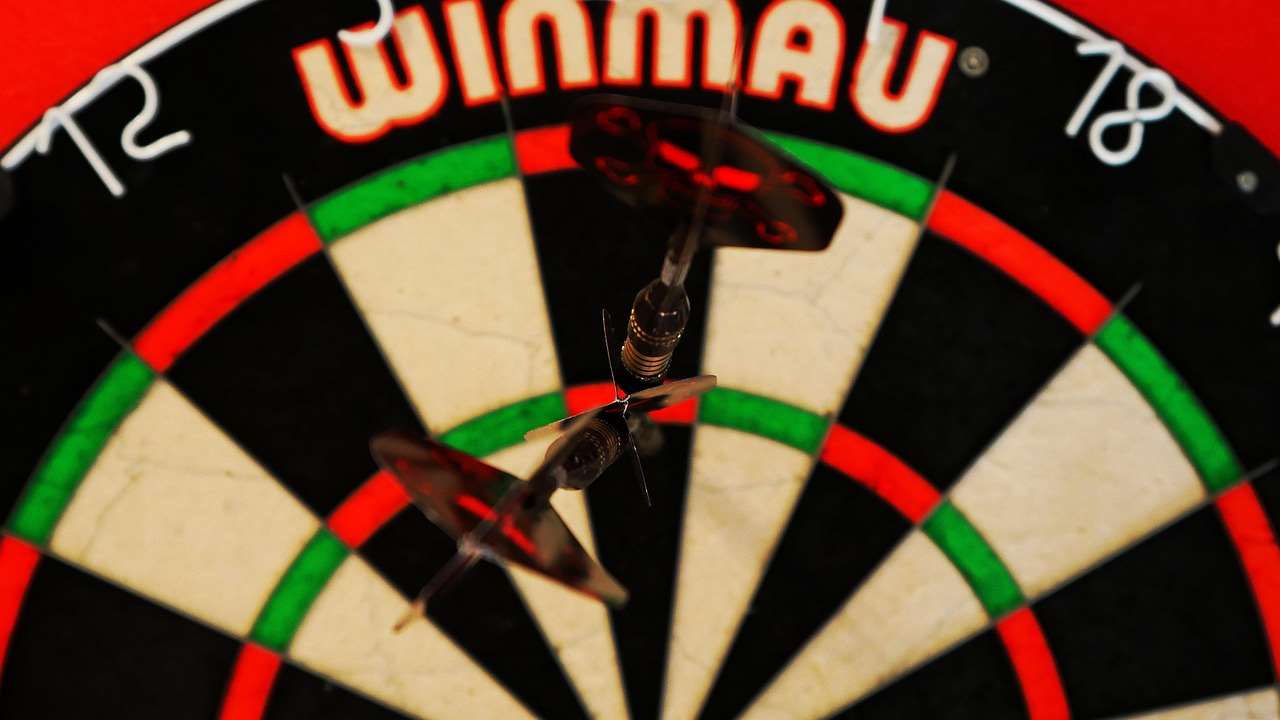
Crafting Magical Darts
Depending on your campaign setting, you might be able to craft magical darts yourself. This would require specific materials, tools, and magical knowledge. Consult with your DM about the requirements and potential costs. Perhaps you’ll need rare herbs, dragon scales, or a blessing from a powerful deity.
Consider the time and resources involved in crafting each dart. A single Dart of Returning might be relatively simple to create, while a Dart of Stunning could require a more complex and dangerous ritual.
Darts vs. Other Ranged Weapons: A Comparison
How do **darts 5e** stack up against other ranged weapon options? Here’s a brief comparison:
- Shortbow: Deals 1d6 piercing damage with a longer range (80/320 feet). Requires two hands to wield. Generally a better option for damage output.
- Light Crossbow: Deals 1d8 piercing damage with a longer range (80/320 feet). Requires loading, limiting the number of attacks you can make in a round.
- Sling: Deals 1d4 bludgeoning damage with a similar range (30/120 feet). Requires proficiency with slings.
- Dagger (Thrown): Deals 1d4 piercing damage with a shorter range (20/60 feet). Also usable in melee combat.
Darts are generally weaker in terms of raw damage and range compared to bows and crossbows. However, they offer advantages in terms of weight, concealability, and the ability to be thrown with one hand, allowing you to hold something else in your off-hand (like a shield or another weapon). If you have an Free dart score app it is a good idea to track your progress using each.
Integrating Darts into Your Character’s Backstory
Think about how darts fit into your character’s history and personality. Did they learn to throw darts as a child, honing their skills in a tavern game? Were they trained as an assassin, using poisoned darts to eliminate targets from the shadows? Or maybe they simply appreciate the simplicity and accuracy of this unassuming weapon.
A character who grew up in poverty might have learned to scavenge for materials to create their own darts, becoming skilled at crafting and improvisation. A noble might have a set of exquisitely crafted darts made from rare materials, each one a work of art. Explore what happens when you ask darts why not bullseye.
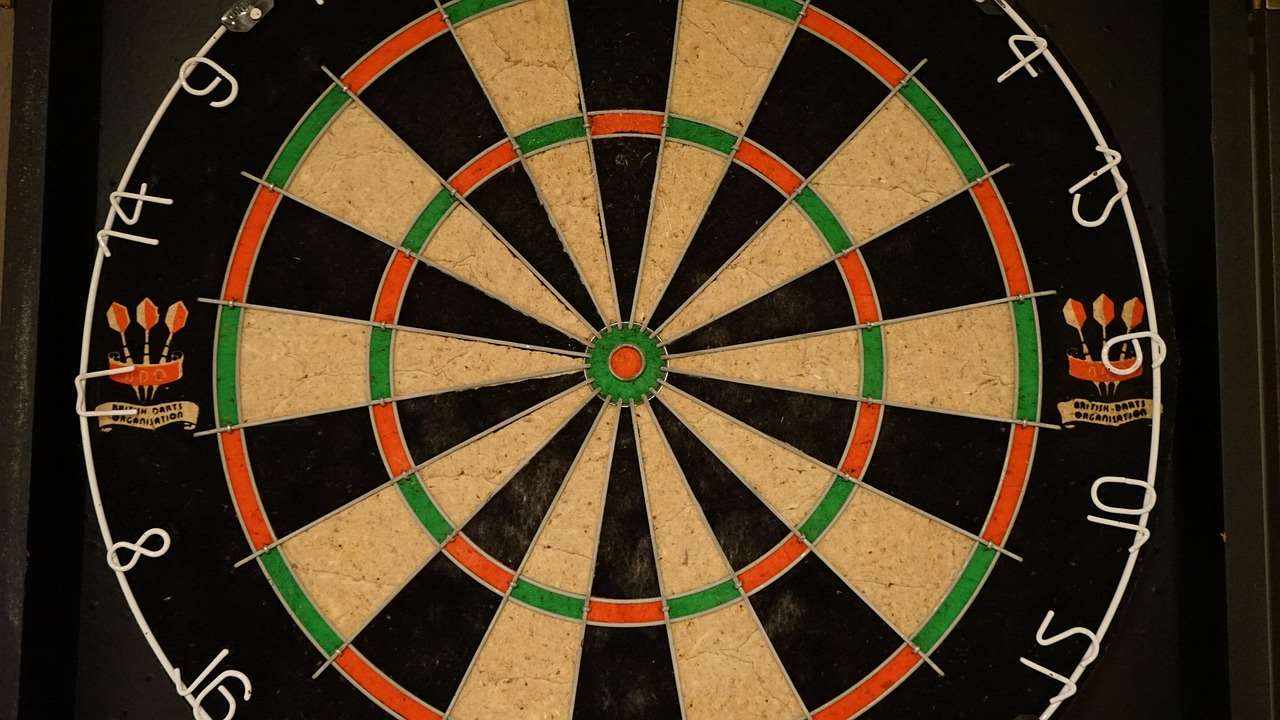
Roleplaying with Darts
Use darts to add flavor to your roleplaying. Describe the way your character throws a dart, the flick of their wrist, and the focus in their eyes. Use darts to solve problems creatively, such as triggering a distant mechanism or distracting a guard while your allies sneak past. Embrace the versatility of this often-overlooked weapon.
Darts 5e: Campaign and Adventure Ideas
Here are a few campaign and adventure ideas centered around **darts 5e**:
- The Dart Assassin: Play a rogue who specializes in using poisoned darts to eliminate targets, uncovering a conspiracy along the way.
- The Lost Dart of Legend: Embark on a quest to find a legendary magical dart that possesses incredible power.
- The Dart Tournament: Participate in a high-stakes dart tournament, facing off against skilled competitors and uncovering hidden rivalries.
- The Dart-Based Puzzle: Solve a complex puzzle that requires precise dart throws to unlock a hidden chamber.
Adapt these ideas to your own campaign setting and player characters. Remember to emphasize the unique advantages of darts and challenge your players to think creatively about how to use them.
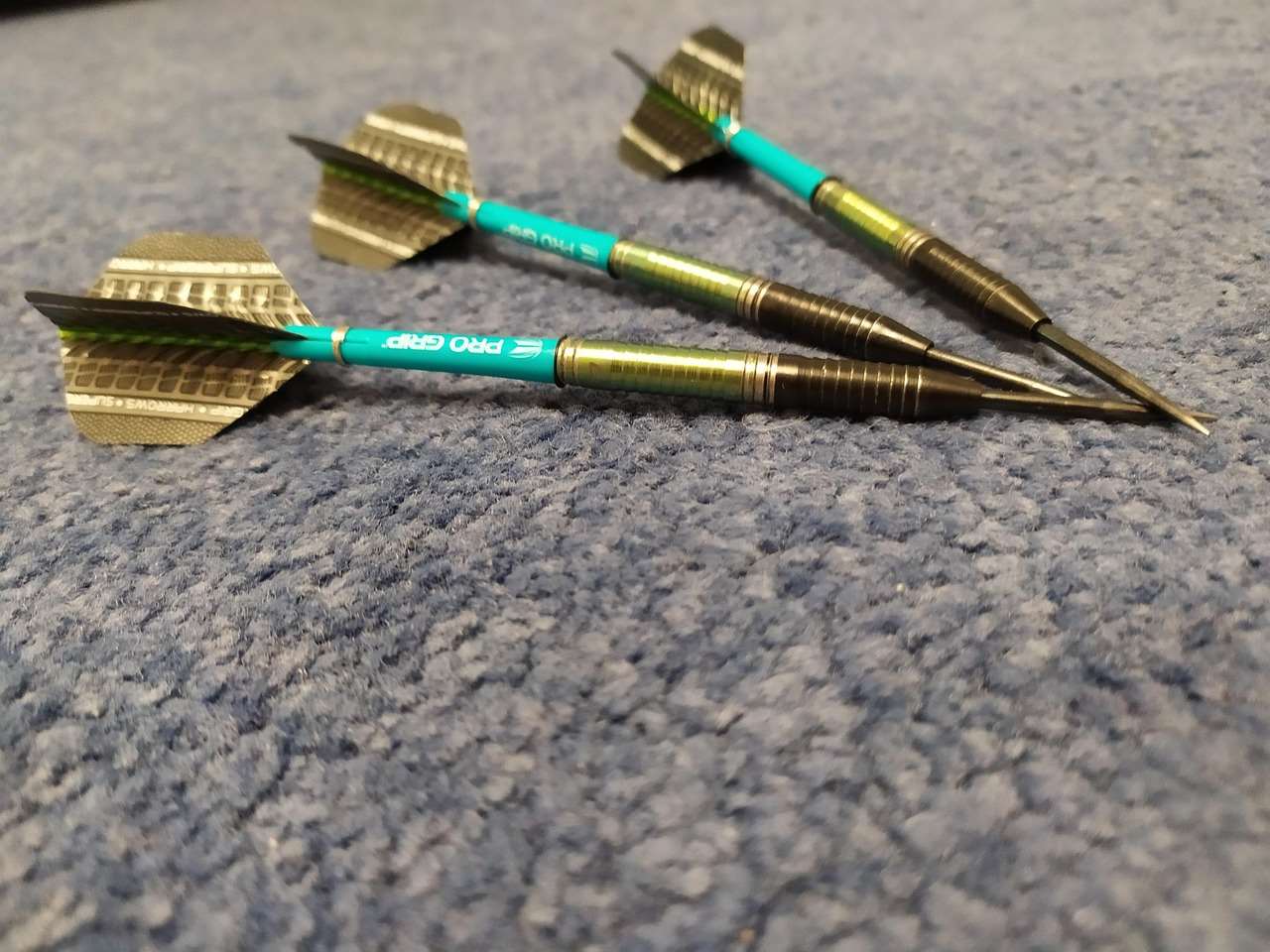
Mastering the Art of Throwing Darts in D&D 5e
Even though the rules for using **darts 5e** are simple, you can still add depth and detail to your character’s dart-throwing abilities. Describe the way they grip the dart, their stance, and the arc of their throw. Consider factors like wind, distance, and cover when making your attack rolls.
A skilled dart thrower might have a signature style or technique. Perhaps they use a specific type of dart for different situations or have a lucky charm that they always carry with them. These details can add personality and realism to your character.
Darts 5e: A Versatile and Often Overlooked Weapon
While **darts 5e** might not be the most powerful weapon in the game, they offer a unique combination of versatility, concealability, and accuracy. With a little creativity and imagination, you can use darts to solve problems, defeat enemies, and add flavor to your character’s story. Don’t underestimate the power of this unassuming weapon.
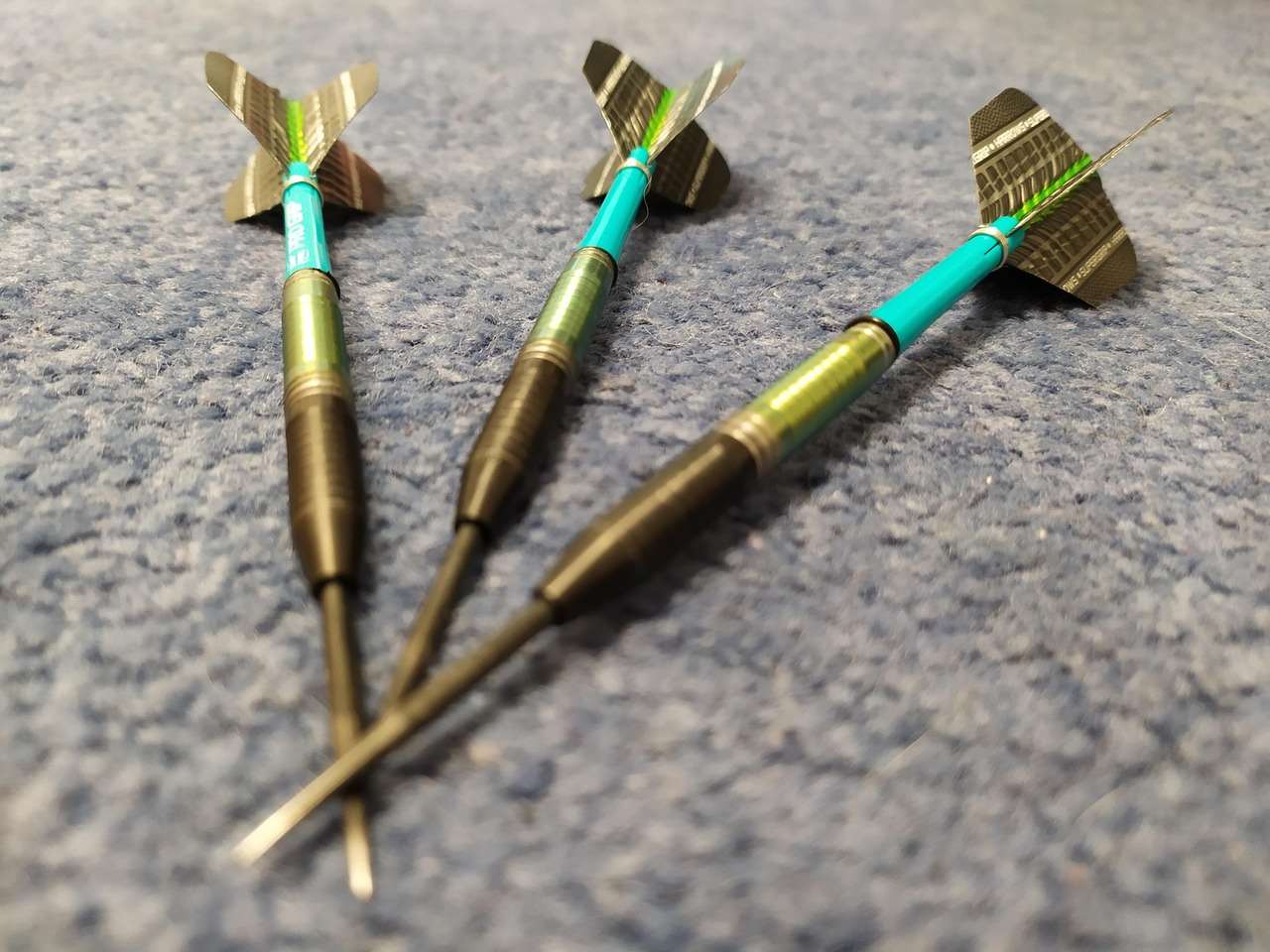
Remember to work with your Dungeon Master to explore the full potential of darts in your campaign. Together, you can create memorable moments and stories that will be remembered long after the dice have stopped rolling. Perhaps the next adventure could involve finding a firebase z dartboard location.
Conclusion: Embrace the Potential of Darts 5e
Darts in Dungeons & Dragons 5th Edition offer more than just a simple ranged attack; they provide opportunities for creative problem-solving, character development, and unique roleplaying experiences. From their basic stats and properties to magical enhancements and integration into your character’s backstory, **darts 5e** can be a surprisingly versatile tool. Don’t be afraid to experiment and push the boundaries of what’s possible with this often-overlooked weapon.
So, pick up your darts, embrace the challenge, and see what you can accomplish! Consider using darts in your next D&D session and discover their hidden potential. Start by checking out our partner site for more helpful tips at Free dart score app (https://dartcounterapp.com/).
Hi, I’m Dieter, and I created Dartcounter (Dartcounterapp.com). My motivation wasn’t being a darts expert – quite the opposite! When I first started playing, I loved the game but found keeping accurate scores and tracking stats difficult and distracting.
I figured I couldn’t be the only one struggling with this. So, I decided to build a solution: an easy-to-use application that everyone, no matter their experience level, could use to manage scoring effortlessly.
My goal for Dartcounter was simple: let the app handle the numbers – the scoring, the averages, the stats, even checkout suggestions – so players could focus purely on their throw and enjoying the game. It began as a way to solve my own beginner’s problem, and I’m thrilled it has grown into a helpful tool for the wider darts community.